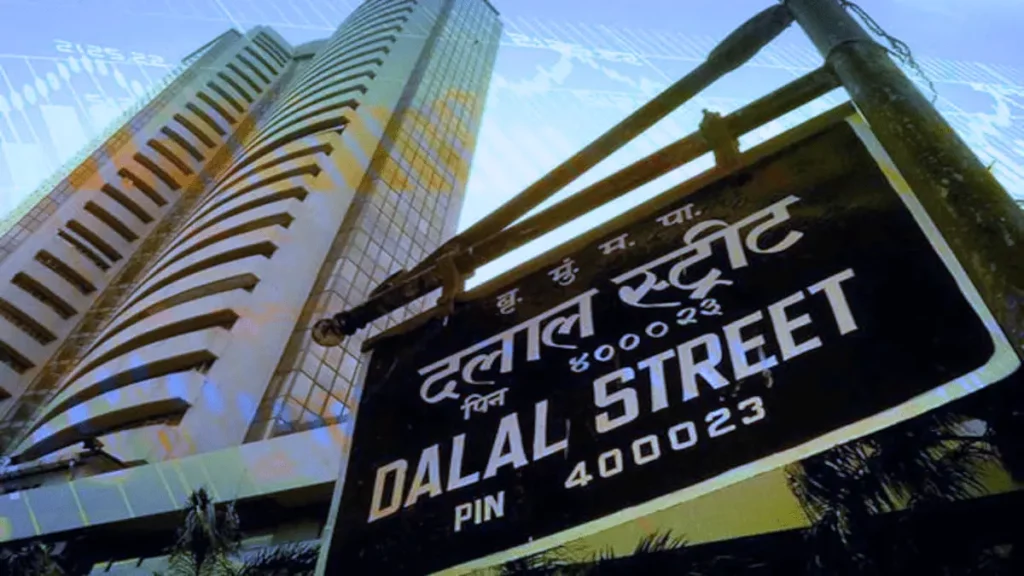After one of their significant budget announcements, Finance Minister Nirmala Sitharaman announced the foundation of the first-ever “Bad Bank” of India. She says the company was already formed under the Companies Act under the National Asset Reconstruction Company Limited (NARCL). Different commercial banks in the different phases shall buy stressed assets valued around Rs 2 Lakh Crore. Another business, India Debt Resolution Company Ltd (IDRCL), has also been established, and would thereafter try to market the stressed assets. The new bad bank is the NARCL-IDRCL structure. The government has accepted the usage of Rs 30,600 crore as a guarantee to make it operate.
What is a bad bank? Why was it needed?
Commercial banks accept deposits and extend credit in every country. The deposits are “liable” to the bank because they are the money taken from an ordinary person, and when the repository requests for it, he must refund that money. In addition, the depositor must pay an interest rate on such deposits in the interim.
By contrast, the loans issued by the banks are their “assets,” as the banks collect interest and the borrower must return the money to the bank.
The whole business model is based on the idea that a bank will earn more money than the depositors would be required to pay back from extending loans to debtors.
Then, imagine a scenario in which a bank finds a massive loan not to be repaid because, say, the company that has borrowed the loan failed in its business.
A few such knocks can be taken by every bank. But what about the frightening rise of “poor credits” (or loans not reimbursed) The bank might sink in such a circumstance.
Now consider a scenario in which several banks in an economy suffer a high and simultaneous amount of bad loans. The stability of the overall economy will be threatened.
As the amount of negative credit — often as a% of the total advance (loans) computed — increases, two things happen. First, because it has to spend some of its revenues from other loans to compensate for losses on the bad loans, the bank concerned becomes less lucrative. Two, more risk-averse. In other words. This means that its employees hesitate to give loans to companies that can seem dangerous from afraid to worsen an existing high level of non-effective assets (or assets)

